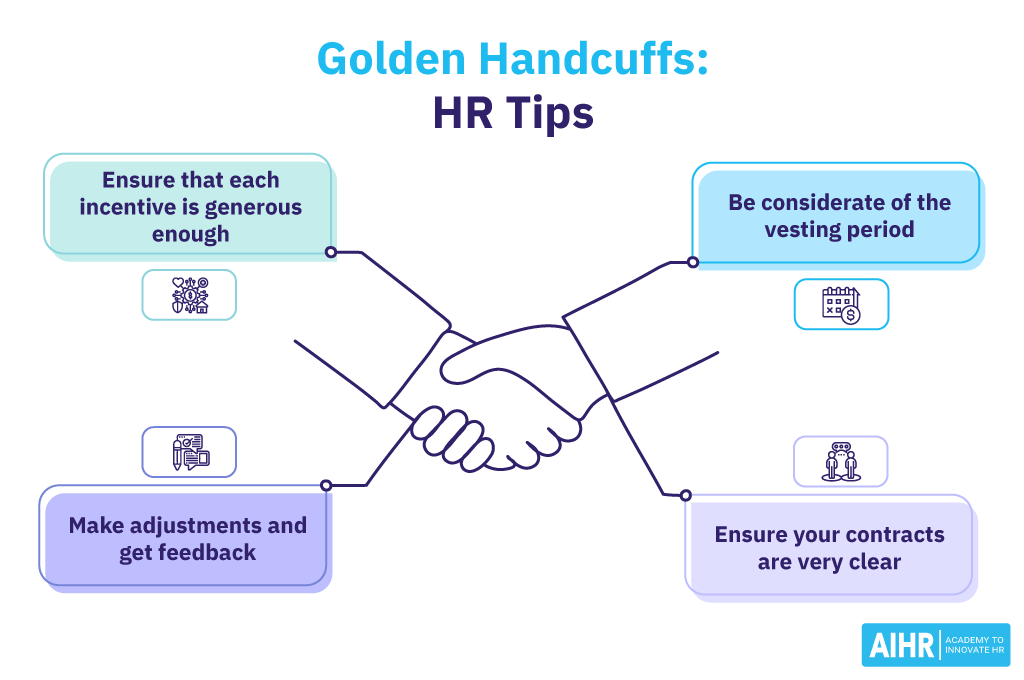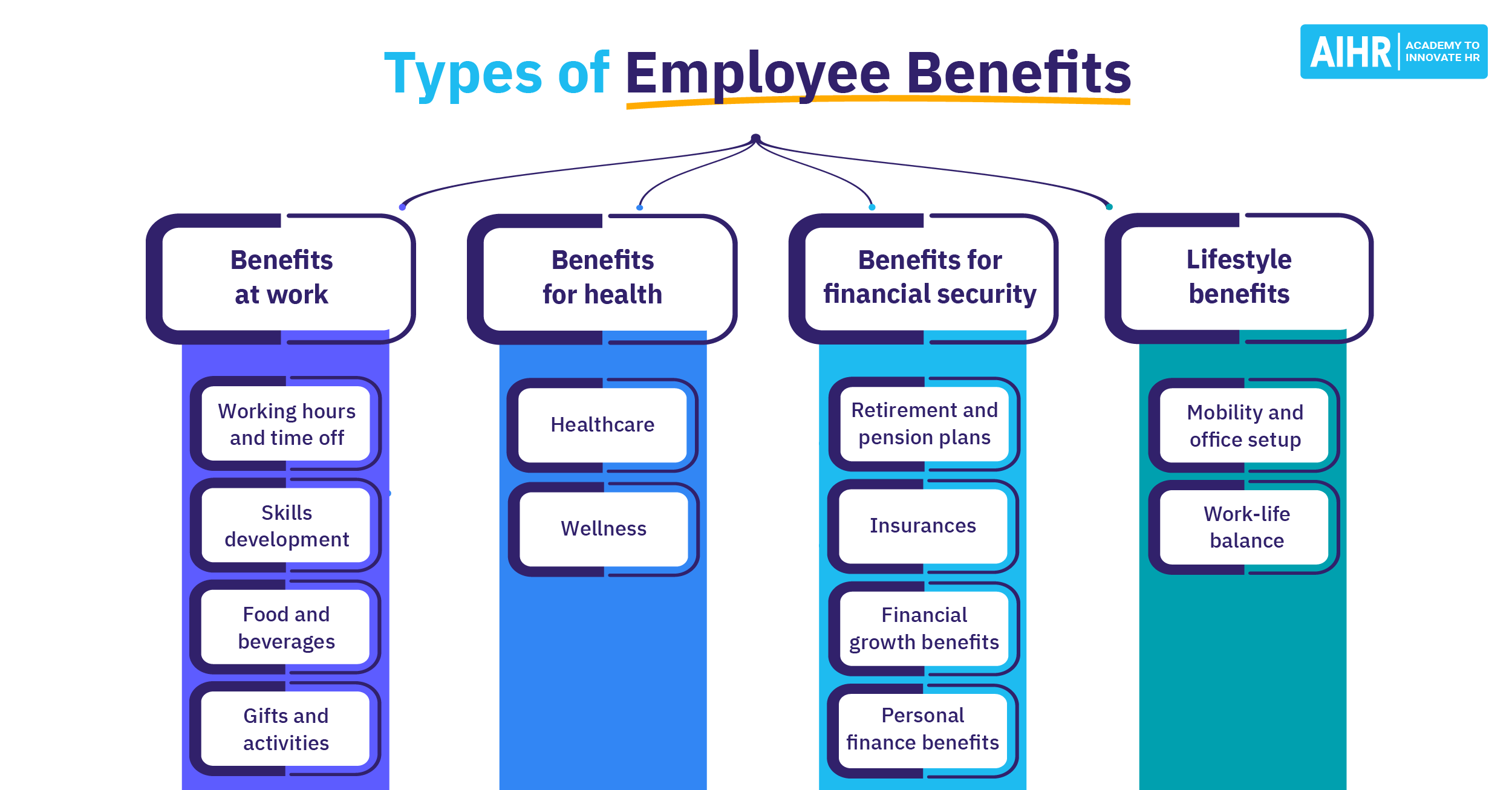Golden Handcuffs
Golden handcuffs meaning
The term ‘golden handcuffs’ refers to a company providing a financial incentive to retain an employee. For example, to avoid employees leaving and moving to another competitor, a company might offer one of their employees stock options, an enticing bonus, or a better retirement plan, all of which are beneficial to the employee.
By ‘placing the employee in golden handcuffs,’ the employer intends to give the employee a substantial incentive to remain in the company. Often, employers want to ensure that their team members who perform well stay. And this is when employers offer golden handcuff incentives to their team.
Why do companies offer golden handcuffs?
Golden handcuffs are a strategic tool companies use to keep their top employees loyal and committed. These incentives, such as stock options or deferred compensation plans, are closely tied to specific conditions or length of service. The idea behind golden handcuffs is to discourage employees from leaving the organization by offering them financial rewards that get better with time.
These incentives are important for the company in helping them retain valuable employees and ensuring they stay engaged in their work.
Golden handcuffs vs. golden parachute
Companies offer a golden handcuff incentive to retain employees working there for some time or to attract top talent during the hiring process. For example, if the employee has been with the company for a few years or is a new hire, they could receive a generous bonus or even a new company car.
On the other hand, a golden parachute incentive is a form of compensation for company executives provided in the event of a merger or acquisition. This type of incentive is given to executives to protect against losing their jobs during corporate change.
A golden parachute is a financial arrangement designed to provide executives with a cushy landing if they are terminated or experience a loss of position due to the merger or acquisition.
Golden handcuffs examples
Example 1: Executive compensation
Imagine a scenario where a high-ranking executive is offered an attractive compensation package that includes substantial stock options. However, these stock options come with a catch – they have a lengthy vesting period of five years. In this case, the executive is enticed to stay with the company long-term to benefit from the stock options fully.
This is a classic example of golden handcuffs, as the executive is financially tied to the company and may reconsider leaving if better opportunities arise elsewhere due to the
Example 2: Employee retention
Consider a skilled employee who has been with a company for a significant period, and over time, they have been granted a series of performance-based bonuses contingent on remaining with the company for a certain number of years.
The employee values these bonuses, which have become a significant portion of their overall compensation. Despite potential job offers from competitors or other industries, the employee may feel hesitant to leave due to the financial security provided by these golden handcuffs.
In this case, the retention bonuses are a strong incentive to stay with the current employer, even if the employee’s long-term career goals or personal interests may lie elsewhere.

Golden handcuffs: Tips for HR
- Ensure that each incentive is generous enough that your employees benefit from staying. For example, offering an extra day or two of paid time off is not an adequate incentive.
- Be sure to be considerate of the vesting period. You might decide that an employee has to work for the company for a certain amount of time to get an incentive.
- Make sure your contracts are very clear. You want each party to understand what they’re agreeing to.
- Make changes to your incentives if something isn’t working, and communicate with your employees to get their feedback on the incentives.







